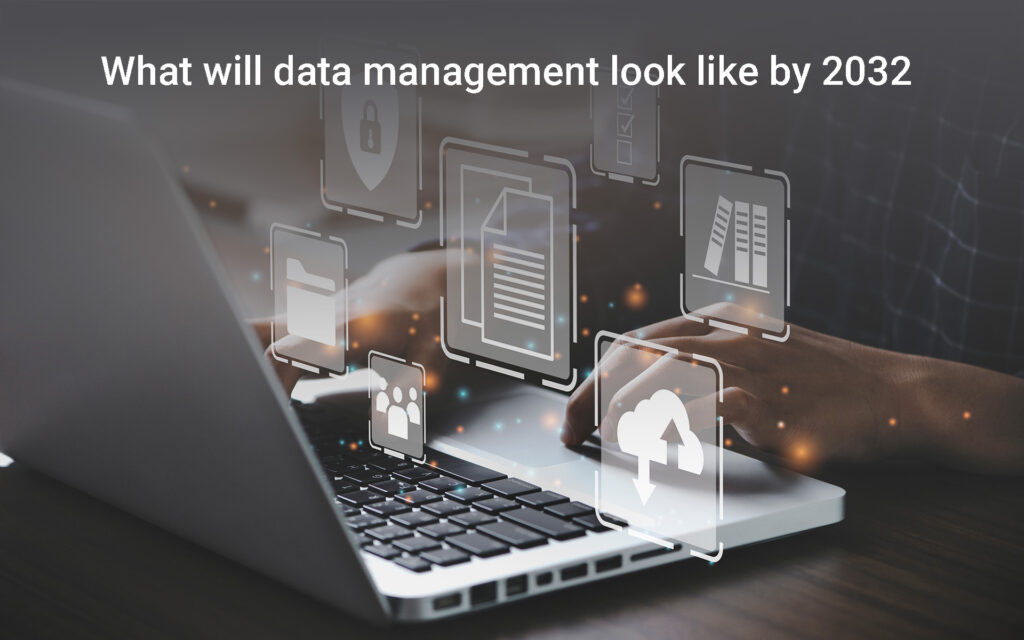As the volume of business-generated data increases so does the difficulty in analyzing, storing, and securing it. Furthermore, the need for data to be available and accessible all the time, for anyone, anywhere emphasizes the advantages of cloud computing for managing data. According to Gartner analyst, Mark Beyer, “data management in 2021 has shifted beyond the idea of managing file stores and content into managing quality and integration as a center point and using iPaaS, DBMS, data integration and data quality tools as the delivery platform.”
With many organizations already migrating to the cloud and more than 94 percent of global enterprises already leveraging cloud services for operations, it is clear that the future of data management is not only automated but also in the cloud. Let’s take a look at 3 key trends that we’ll see playing out over the next ten years in respect of data management:
1. As-a-Service will move further to the forefront
Most organizations, no matter their size, have by now adopted some form of cloud-based Software-as-a-Service (SaaS) model. SaaS has become a valuable alternative to on-prem hardware and software that are traditionally used to deploy applications. As cloud solutions providers continue to innovate in this area and offer more SaaS options, this trend will absolutely surge by 2032. Even data replication, which has traditionally been an underserved category in the SaaS arena, is moving to adopt this model. This highlights the fact that organizations are fast becoming more comfortable with the SaaS model for a wider range of applications and infrastructure services – a trend that will continue to grow.
2. Data governance will change data storage
Data warehousing is expected to change although it’s not likely to disappear entirely. As organizations continue to transition to cloud storage, cloud storage will continue to evolve with a clear shift towards self-service. Additionally, software-defined storage will be able to offer data services that are available in flexible containers and on virtual machines. The goal –driving performance and keeping costs down – will be to provide seamless data mobility while offering tools that empower organizations to store their data in a single location and under their own control.
3. Compliance and security will remain an ongoing priority
Keeping data secure and compliant will remain a priority for organizations and will only become more important in the future. Organizations will have to implement detailed plans that can safeguard and monitor data and effectively deal with any type of data breach or cyberattack. Doing this means that the entire organization should assume responsibility at every level to protect the distinct types of data.
Organizations are increasingly becoming aware that data is the main ingredient that drives competitive advantage, diversity, and growth. Data has become business’ most crucial asset, yet managing the data remains a challenge. To navigate the changing landscape of data management in ways that still support your organizational goals, you’ll need the expertise of cloud, data and IT professionals. Stage2Data provides best-of-breed cloud SaaS to protect, store and manage your data confidently and cost-efficiently.
If you found this post interesting, you might enjoy these too:
An 8-point checklist to ensure your data is protected against cyber crime
Streamline data backup and recovery with Cohesity’s comprehensive SaaS solution



